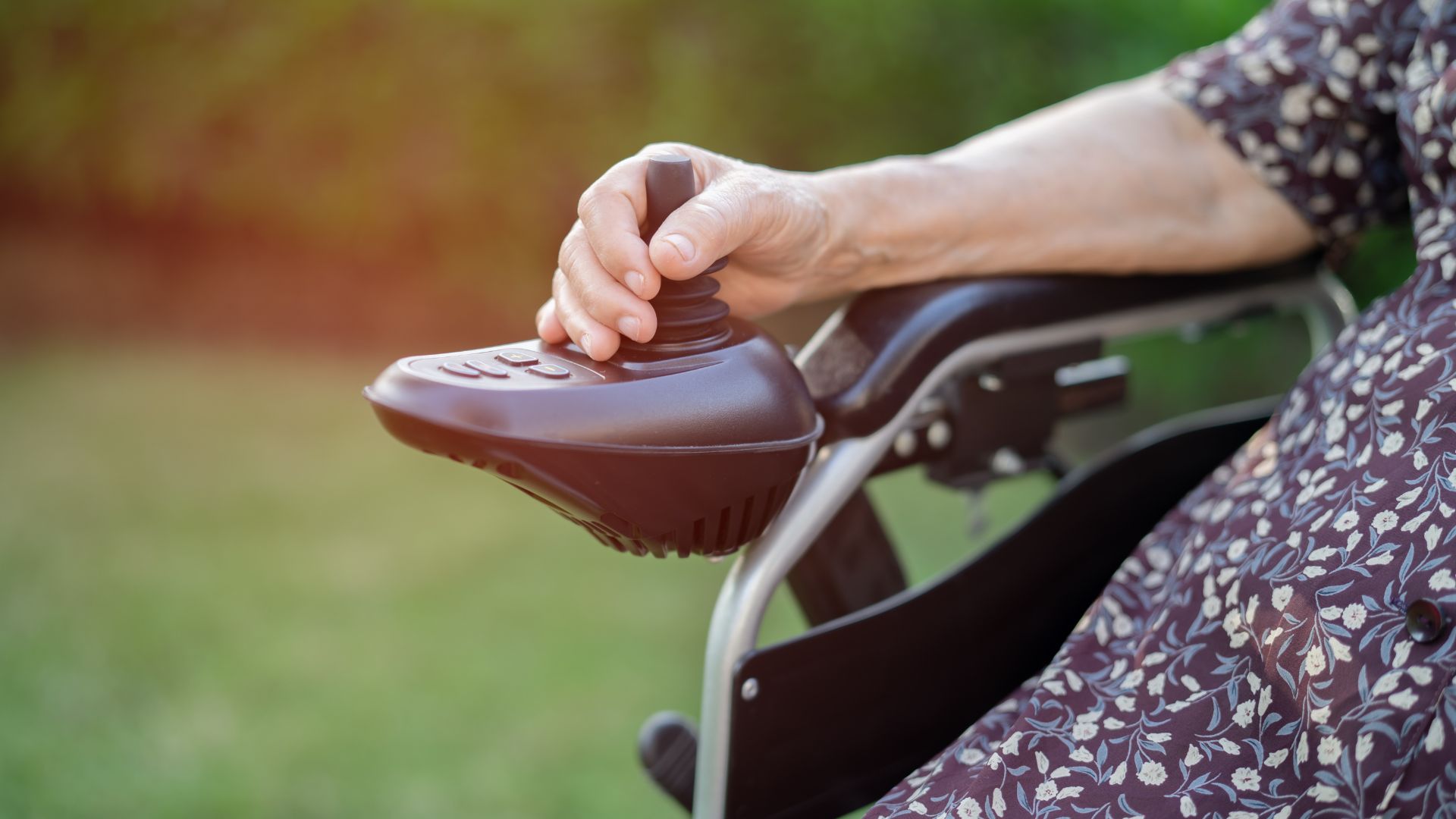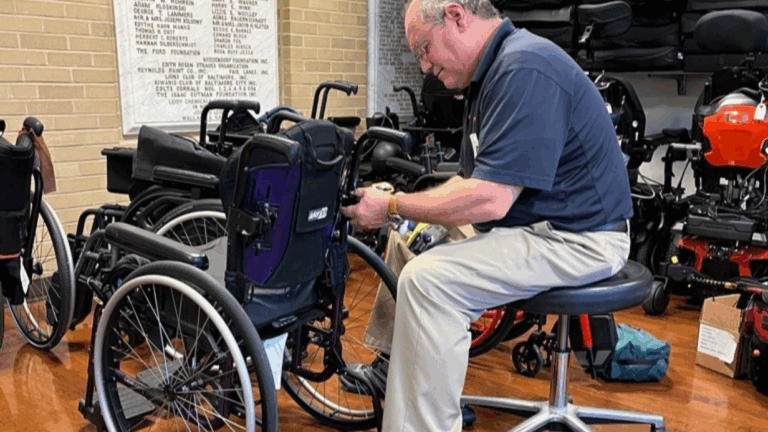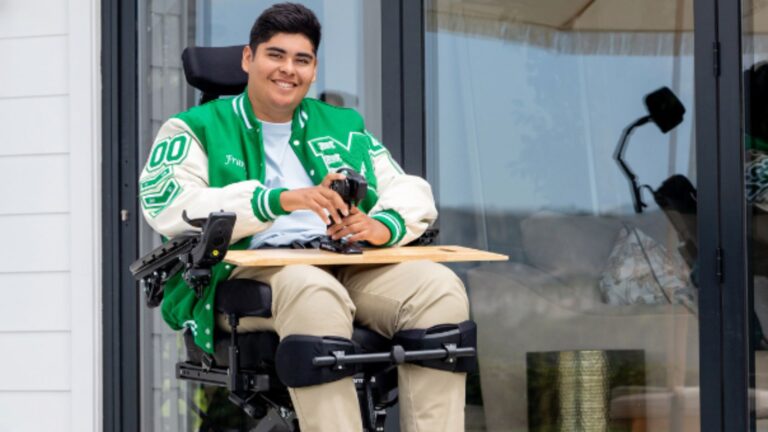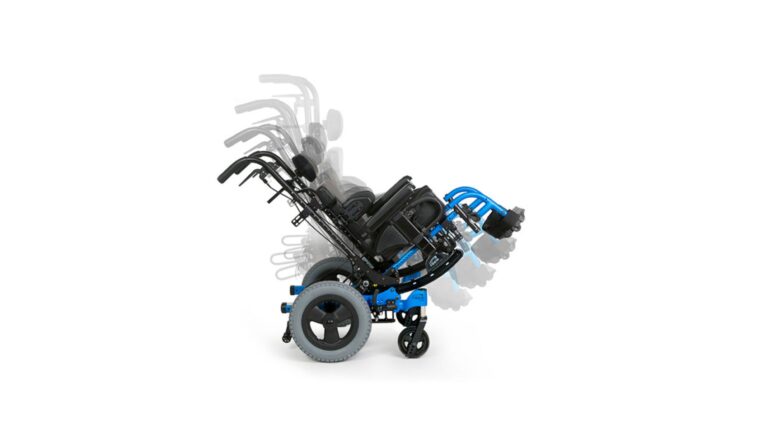Have you ever thought about all of the mathematics that go into the proper set-up of a manual mobility device?
Disregard the obvious calculations such as subtracting the thickness of the cushion from the lower leg length measurement to achieve the proper footrest height, or adding the thickness of the solid back to the seat depth to achieve proper sling depth. Stop for a moment and think about the more complex mathematics that, when properly applied, result in optimal configuration and positive outcomes for our clients.
Let’s start with setting the proper center of gravity on a high strength ultra-lightweight manual wheelchair (K0005). By utilizing the fully-adjustable axle plate and moving the rear wheels forward, back, up or down, we are able to achieve optimal biomechanics at the user’s shoulders, but what else does it do? Think physics. When the wheel is moved forward, it changes the weight distribution of the user over each wheel. Specifically, this adjustment shifts more of the user’s weight over the larger rear wheels and reduces weight distribution over the smaller front casters. Larger wheels have less rolling resistance; making the wheelchair easier to propel. Less weight over the front casters allows for easier turns, and reduces “sink” into softer surfaces.
Sometimes it is difficult to get a good weight ratio from front to back. This is usually the case when you are working with someone with a short seat depth. The short seat depth results in a shorter frame and reduced distance between the rear wheel and front caster. In this scenario, increasing the wheelchair frame length (not the seat frame depth) so that the front casters are moved farther forward from the rear wheels can help optimize weight distribution.
Be aware that increasing the wheelchair frame length to optimize weight distribution also results in the footplates being moved out and away from the user.
When working with a manual wheelchair that has a caster housing, you may be able to flip the caster housings from a trailing position to a forward position. This is a great option for chairs that are already out in the field, and the user is having a difficult time turning their chair or is sinking into softer surfaces. This technique can also be used on some high-strength lightweight (K0004) manual wheelchairs. Be aware that when you flip the caster housings, you may get interference with the footplate. This technique cannot be used when the user has a front frame angle less than 70 degrees.
We’ve covered addition, subtraction and physics – when does geometry come into play? With rigid- frame manual wheelchairs the front frame angle and backrest angle are measured in relation to the ground for two reasons: this is normally what the user’s visual relation is, and also how they sit in relation to gravity. This technique makes it difficult to change the “dump” of the chair because any change in the relation of the FSTF (Front Seat to Floor) height and the RSTF (Rear Seat to Floor) height will affect the front frame angle. This is why most rigid frame manual wheelchairs have zero or very limited caster housing angle adjustment. The height adjustment in the rear axle is there to allow you to raise or lower the seat to floor height equally in relation to one another. For example: if you raise the FSTF 1”, then the RSTF is raised 1”. It is very important to get the “dump” measurement correct at evaluation. If you feel that you may need to adjust the dump after delivery (usually occurs with new injuries), then you will want to order a rigid-frame manual wheelchair that will allow for those adjustments without affecting the front frame angle. If you do make a change to the “dump” of a chair, then you MUST adjust the caster housing angle.
If you do not, the caster fork will not be perpendicular to the ground, and it will make the chair difficult to maneuver. The fork being perpendicular to the ground allows the caster to spin as freely as possible.
In manual wheelchair configuration, just like in mathematics, our strategies for solving mobility issues for our clients can be different and our solutions varied. When the client experiences that perfect biomechanical configuration optimal outcomes are achieved.

author
Michael Griffith
ATP/SMS
Michael Griffith, ATP/SMS, Director of Sales Operations – North Texas, has been with Numotion since 2016. He has 22 years of experience in the CRT industry as a manufacturer sales rep, Mobility Technician at Texas Scottish Rite Hospital, and as a Seating Mobility Specialist. Since joining Numotion in 2016, Michael has used his knowledge to facilitate customer orders for better outcomes and customer experience, educate local Physicians and Therapists on funding and equipment, and help develop internal education courses for ATPs and Seating Technicians. Michael currently manages ATPs in Dallas, Fort Worth, Waco, and Athens, Texas locations.



